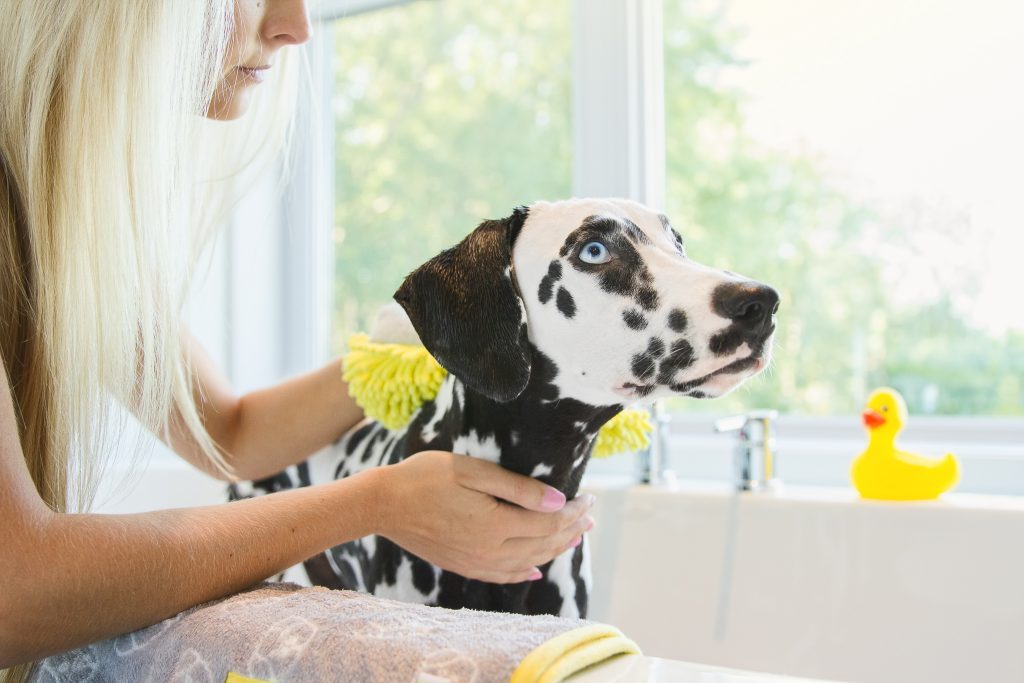No exception is possible, if you have a dog you certainly must maintain his fur and his body in general. Obviously, several breeds and mixed breeds require more attention. Here are the essential manipulations for daily care.
The daily care of your dog is a matter of good hygiene and it brings many benefits to his overall comfort. If your dog’s claws are too long or knots are more and more present, it is obvious that this causes pain and a risk of injury to your companion.
You can always ask for help from your animal health technician or an experienced toilet stylist. The right people can advise you on the frequency, the techniques and the good tools to use for your dog.
The impact of grooming on your relationship with your doggie
We see our dog as a full member of the family. It is obvious that we wish to maintain a relationship of trust with him. In grooming, the popular myth is: “Brush him all the time, even if he does not like it and he will get used to it.”
What it means is opting for a technique called immersion which consists in creating a situation that disturbs your animal and forces him to give up. After a while the dog becomes “inhibited” in the situation and develops an “acquired distress”. You understand that your dog does not like brushing anymore, but he has simply given up.
When education makes grooming more enjoyable
Instead of “forcing” your dog to grooming, here are some examples of exercises to train your dog to voluntarily participate in the various manipulations and tools needed.
“Chin”
Train your dog to place his head on a chair or any surface and stay there. Very handy for any handling like brushing, cutting claws, cleaning ears and eyes and brushing teeth.
- Take a stool or a coffee table with a cushion or even a chair or the corner of the sofa, and with a treat “lure” your dog by approaching his head towards the surface.
- After a few rewards, your dog will simply come to lay his head down on the chosen surface and saying “chin” and rewarding him immediately.
- Your dog will prove to you that he understood the exercise if when you say “chin” he lays his head down by himself.
- Subsequently, you must work on the “duration”. He should be able to stay on the surface for a few seconds and even minutes. It is important to reward your dog after every efforts and good decisions he takes.
- Finally, you have to work with the “distractions” that in this case are the brush, the claw cutter, the cleaner, and so on. Reward your dog whenever he agrees to stay in place when you groom him.
In addition to offering your dog a physical wellbeing, all the enjoyable moments that you spend with him will positively affect your relationship with your dog.

